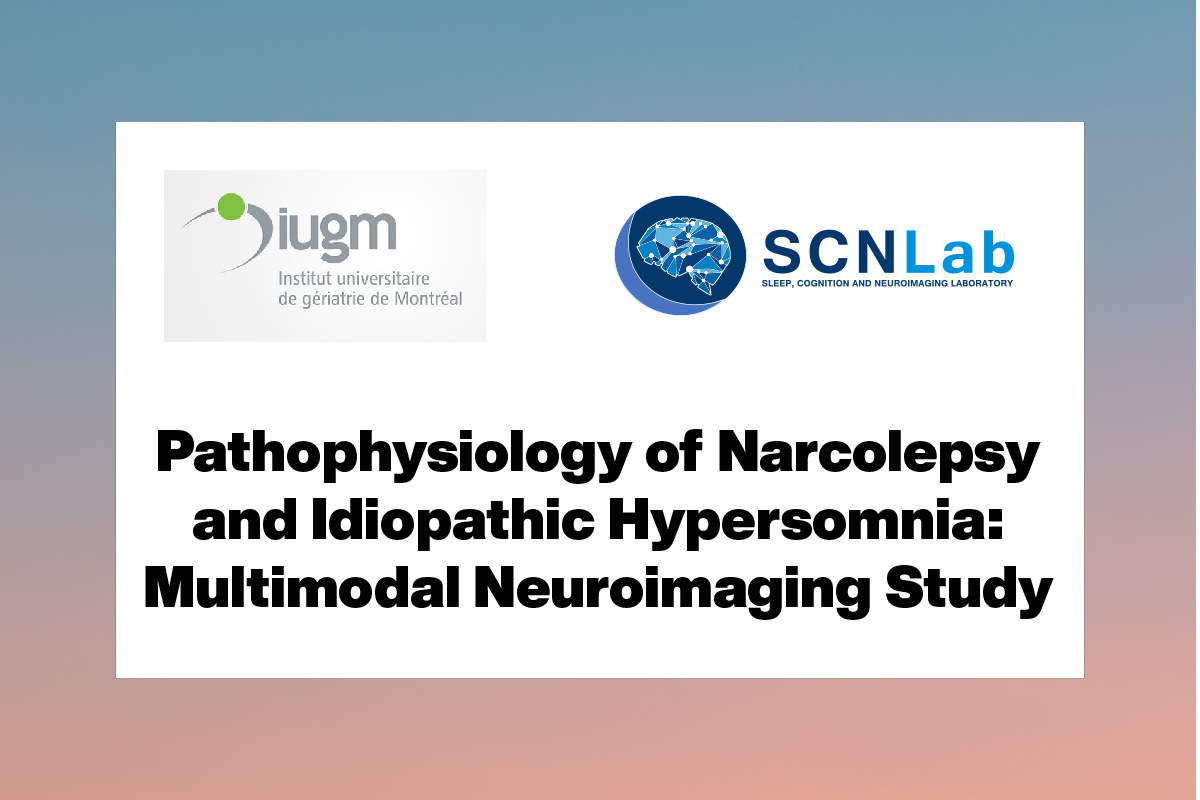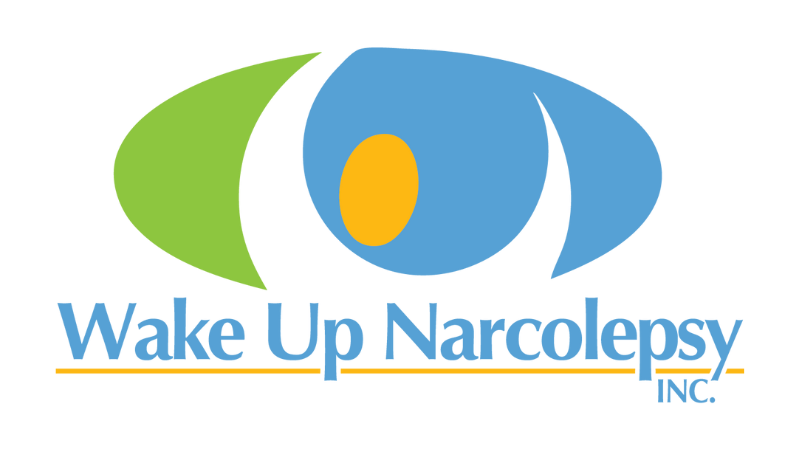
May 21 2020
For Canadian PWN – Pathophysiology of Narcolepsy and Idiopathic Hypersomnia: Multimodal Neuroimaging Study
h in News
There is a new project seeking patients located in Canada! See Details below:
Pathophysiology of Narcolepsy and Idiopathic Hypersomnia: Multimodal Neuroimaging Study
Narcolepsy and Idiopathic Hypersomnia (IH) are central disorders of hypersomnolence, which means they affect the central nervous system. In addition, they impact cognitive functioning such as memory and attention and influence social and professional aspects of life. To date, the underlying mechanisms of these debilitating sleep disorders are poorly understood.
In this project, we are using neuroimaging methods (electroencephalography, EEG; and magnetic resonance imaging, MRI), to identify the non-invasive biomarkers of the central nervous system characterizing the different conditions of narcolepsy and IH. This work shall lead to improved understanding of the physiology of these disorders and the development of more precise diagnostic criteria of hypersomnolence sleep disorders.
Who is eligible for this study?
- Participants between the ages 18-64, who have been diagnosed with idiopathic hypersomnia or narcolepsy
- No other current sleep disorders (e.g. sleep apnea)
- No current psychiatric disorders (e.g. anxiety, major depression, PTSD, OCD)
- Ability to travel to Montreal and complete an MRI scan
Participation details:
- Participants are invited for 2 visits to sleep in a lab overnight.
- On each visit, participants will stay in the lab the following day for an MSLT (mean sleep latency test) and an MRI scan (each will be on different days).
- Compensation will be reimbursed to participants for their full participation
- We are welcoming participants from outside Quebec too (an additional limited amount of money for travel expenses outside of Quebec).
Contact details:
For further information, please contact the research coordinator of the study, Elizaveta Frolova on: hypersomnia.research@gmail.com
Annonce publicitaire approuvée le 31 mars 2020 par le Comité d’éthique de la recherche vieillissement neuroimagerie dans le cadre du projet CER VN 18-19-26.
